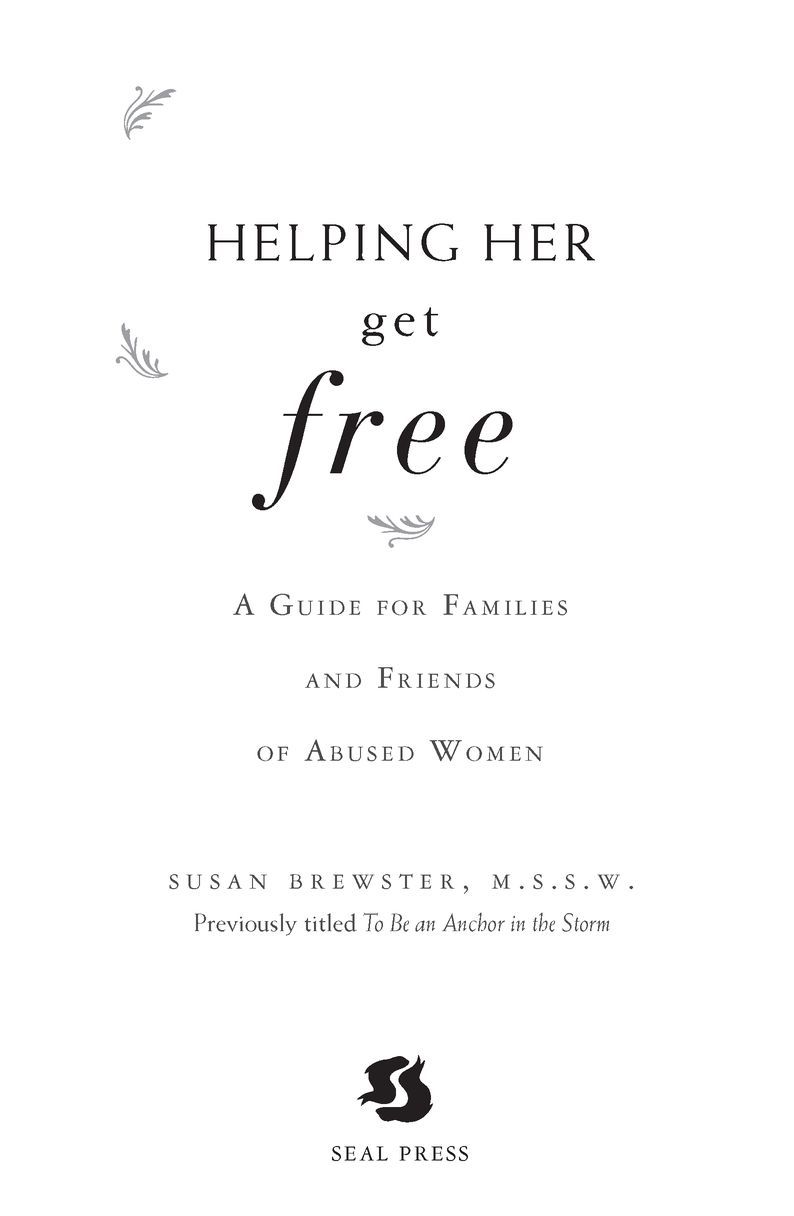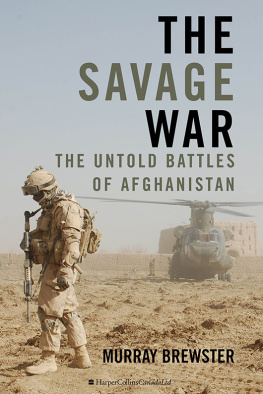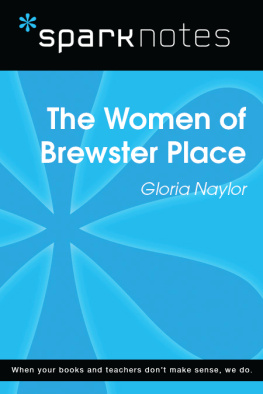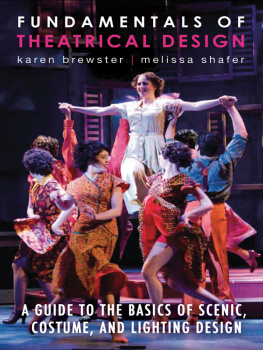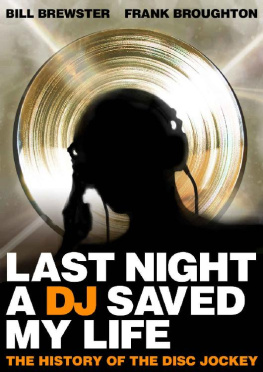Table of Contents
AUTHORS NOTE
The cases described in this book are based on actual events. However, names and identifying characteristics have been changed to protect the personal privacy of those involved. Any resemblance to actual names or persons, living or dead, is thus purely coincidental.
This book contains the general opinions and advice of a licensed mental health professional concerning common domestic violence situations. Individual circumstances can vary widely, and an individuals circumstances may warrant seeking the help of qualified mental health, legal, or medical professionals. The author therefore encourages readers who are in dangerous or life-threatening situations to seek appropriate professional advice and assistance.
Note to the New Edition
I was first introduced to the domestic violence response system twenty-two years ago. I had just been assaulted by my boyfriend and had escaped from his wrath only to be further demeaned by the criminal justice system through which I sought safety With the exception of three caring police officers, the formal criminal justice system failed me. It was a close friend who drove fifty miles to help me that dreadful day after my boyfriends rampage, and it was my family who stood by me throughout the following months when he continued to stalk me. Indeed, the people most dear to me were the only ones willing to go the distance during that most embarrassing and dangerous time in my life.
A year later, I was on the other side of the pain, hired by a small nonprofit agency to counsel abused women. In those days, many of us in the domestic violence field simplistically believed that if we could just develop enough Safe Houses for everyone in need, all battered women and their children would naturally find their way clear of abuse and remain free. As battered womens shelters sprang up around the country, it became obvious that many abused women and their children needed far more help than just a safe place to stay for fourteen days.
In response, hundreds of programs have been developed in the United States to address the complex needs of domestic violence survivors: affordable legal help, counseling for both abusers and victims, streamlined protective order processes, court advocates, emergency victim advocates, counseling for child witnesses, police response training, employer sponsored safety plans, corporate funding of violence awareness campaigns, to name a few. Over the years, thousands of professionals and volunteers have worked tirelessly to make these programs possible. Theyve done an outstanding job. Unfortunately, there have always been abused women who could not or would not take advantage of the programs increasingly available; a problem which we, in the domestic violence field, have remained acutely aware of.
Through my early years counseling battered women, I learned that the level of support coming from a womans family or friends strongly impacted how successful she was at gaining lasting freedom from abuse. I just hadnt recognized at the time that I could directly help them help her. Not until ten years after I began working with abuse survivors, when my own personal acquaintances began asking me for guidance, did I fully appreciate how important my friends and family members had been to me after I had been abused. Finding few resources specifically targeting families and friends, I wrote this book, first titled To Be an Anchor In the Storm.
Since 1997 when this book was first published, I have narrowed the focus of my work to directly counseling the family members and friends of abused women, holding workshops for professionals, and consulting with advocates. Ive been privy to countless stories that relay the overwhelming frustration common to those who care about an abused woman. I hear the same statements over and over:
We dont know whether were helping or hurting.
Never mind him! Were walking on eggshells around her.
What did we do wrong to cause her to have such a low opinion of herself and to stay with this guy?
We give up! She doesnt want us to be involved, so well stay out of her business. If shed ask for help, wed give it.
It can be a windy and treacherous path for those caring enough to stick it out alongside an abused woman. They can experience the highs and lows of the abusive relationship as if they were the ones being abused. However, my experience has been that those who are willing to stay involved during such a dangerous and confusing time in her life often seem to have limitless energy and stamina. They push themselves to extreme lengths to find out how best to help her. They are often even willing to put themselves in great physical danger for the sake of their loved one. In short, they would do anything I suggest if it might help the woman they care about get free and stay safe from abuse. Granted, as we progress through our work together, they often shift their original goal of seeing her leave her abusive partner toward other, more controllable, goals. It always amazes me, however, that the process of becoming what I call an anchor for an abused woman is so similar across people of very different backgrounds. By and large, they are a dedicated bunch and I have found it a pleasure to work with them.
Despite the progress made in our domestic violence response system, millions of women continue to be abused by their partners each year. Millions more children have to witness that abuse. If one of these victims of violence happens to be someone you love, having more resources available may be small consolation, especially if she is not willing to go to the shelter or counselor you recommend, to call the police during an incident, or even to acknowledge the abuse. Domestic violence resources are important, but theyre just one part of the solution.
Family and friends continue to be as influential in the lives of abuse victims as they have ever been. They are still usually the ones on the front line, the first to learn of the abuse, and the first responders. Yet, as important as they are and as difficult a task as they face, there are still not many programs designed to help them help her. They need tremendous support and guidance along the way from a source they can revisit time and again. When new clients come to me asking, Is there anything else we can do to help her? Weve tried everything we know, they want more than a list of resources or advocacy tips. They are frantically searching for a new perspective, one that allows them to think differently about domestic violence and their potential roles as helpers. They need specific tools and ideas to help them develop a relationship with their abused loved one that will ultimately benefit her, not control her. I wrote this book to give those tools and ideas to anyone willing to be that special person in an abused womans life. If you are that special person, this book is for you.
SUSAN BREWSTER
AUGUST 2005
NEW MEXICO
Introduction
It is estimated that up to four million women in the United States are beaten each year by their partners. Most of those women have at least one family member or friend who cares about them. That person may not know it, but he or she may be able to make the difference as to whether that woman resigns herself to a life filled with abuse or gains the sense of personal power she needs to make safe decisions and positive changes for herself.
